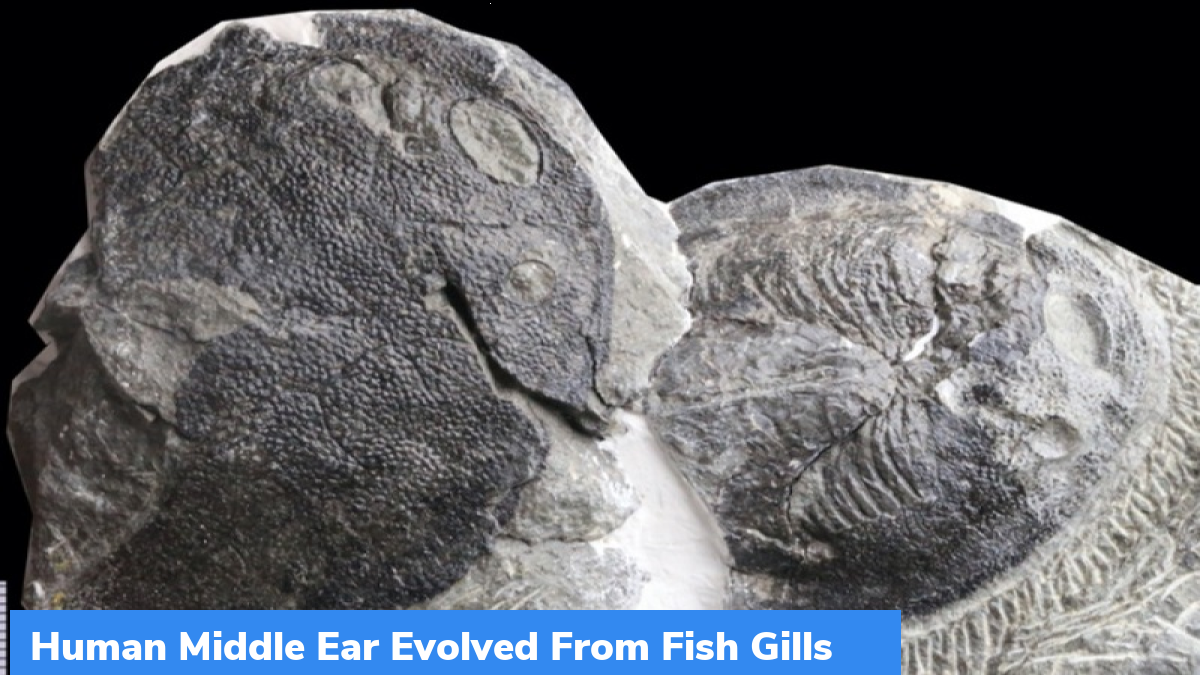Study: Human Middle Ear Evolved From Fish Gills
According to a study led by scientists from Institute of Vertebrate Paleontology and Palaeoanthropology (IVPP) of Chinese Academy of Sciences, middle ear of human has evolved from fish gills.
Human Middle Ear
Middle ear of human houses three tiny, vibrating bones. It helps in transporting sound vibrations into inner ear. In the inner ear, sound vibrations become nerve impulses, allowing us to hear.
What are the findings?
- Fossil and embryonic evidence proves that, human middle ear evolved from spiracle of fishes.
- However, origin of vertebrate spiracle is an unsolved mystery in vertebrate evolution.
- As per 20th century researchers, early vertebrates must possess a complete spiracular gill, searched for one between hyoid and mandibular arches of early vertebrates. But non were found in any vertebrate fossils.
- But scientists from IVPP have found some clues from armored galeaspida fossils in China.
- They have found a 438-million-year-old Shuyu3D braincase fossil in Zhejiang province as well as first 419-million-year-old galeaspid fossil in Yunnan Province, that have been completely preserved with gill filaments in first branchial chamber.
- These fossils provided the first evidence for vertebrate spiracle originating from fish gills.
Restructure of Shuyu Braincase
Seven virtual endocasts of Shuyu braincase were subsequently reconstructed. All details of cranial anatomy of Shuyu were revealed through its fingernail-sized skull, including five brain divisions, cranial nerve, sensory organs, and blood vessel passages in the skull. Several important structure of human can be traced back to fish ancestors like jaws, teeth, middle ears etc.
About Shuyu
Shuyu is an extinct genus of early jawless vertebrate, belonging to early or middle Silurian period. It lived in present day north-western Zhejiang Province in Southeast China. The genus is known from over 20 headshields, out of which, 20 include three-dimensionally preserved neurocrania.
Month: Current Affairs - June, 2022
Category: Science & Technology Current Affairs


